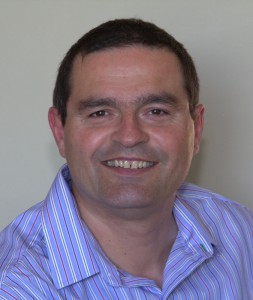
Posts By
Stefan Ianta
Co-Founder, Ianta Labs
Stefan Ianta MBA, PMP is an entrepreneur, IT project manager and coder. He co-founded Ianta Labs with his son Alex Ianta who is a Dalhousie CS student. This summer, with their project, Graph Reactor – a Google for software – they were part of Propel ICT startups cohort in Halifax. He can be reached on Twitter at @v_ianta.

An Automated Market of Cypher-Annotated Microservices, Part 4 [Community Post]
10 min read
An Automated Market of Cypher-Annotated Microservices, Part 3 [Community Post]
5 min read
An Automated Market of Cypher-Annotated Microservices, Part 2 [Community Post]
5 min read